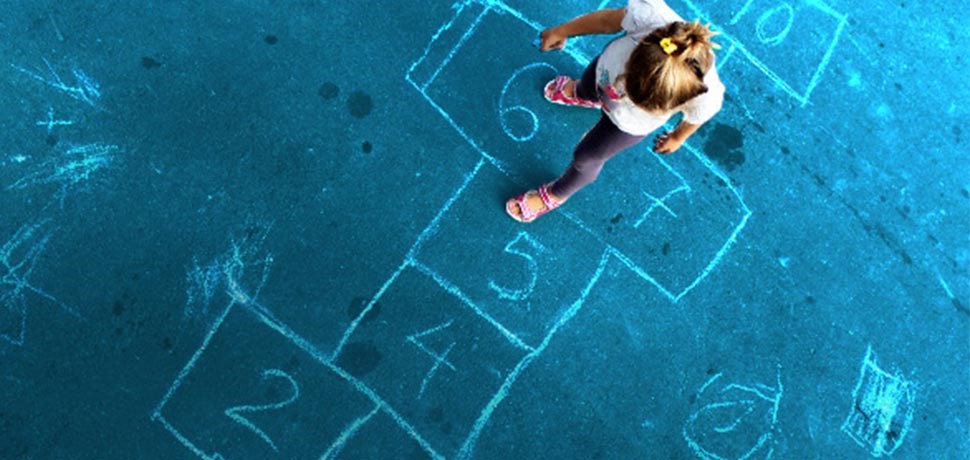Here are some steps parents/caregivers can take in order to do this:
- Be your child’s mirror: A secure parent-child relationship is one where a caregiver responds to a child’s needs in a predictable and reliable manner. Change often breeds instability and our children look to us to gauge the severity of how they need to respond. If they observe an unstable, frightened and chaotic parent, the chances are their responses will be paralleled. In contrast, if they see a parent who is facing difficulty, but one who is exploring ways to problem solve, they begin to model this too. Authentically conveying to children that while things may not be going smoothly, having hope is better than despair will demonstrate grit and negate victim-thinking.
- Observe your own responses: Pay attention to days when you are feeling more vulnerable, reactive and in sensory overload (i.e., days when noises and touch annoy you more than usual). Acknowledge the emotion as it starts to build, and be conscious that you might be more reactive than you’d like to be. Awareness is key to implementing any change or strategy. When you approach regressive behaviours from a perspective of empathy, you will help your child (and yourself) understand and let go of the emotional energy that is driving the behaviour.
- Practise self-compassion: Allow yourself to feel and be vulnerable. Yes – sit with that unnerving feeling and validate it. Emotional experiences make you human and avoiding them can lead to an accumulation of unwanted stress. Allow them, float in them and let them move on. They are fluid and changing and remind yourself each day that everything you are doing is actually good enough.
- Connect: Social engagement and interconnectedness are part of our innate human biology. COVID-19 and all its regulations have robbed us of most of this. If you are struggling, reach out to your network and ask for help. The number of times I hear parents sigh a sense of relief and exclaim “I already feel better knowing I am not alone” is countless. Lean on loved ones, communicate with teachers, therapists and other parents. This is your emotional resource and support system.
- Take time for yourself: This is your permission slip to prioritise your alone time. This looks different for everyone: Read that chapter in your book, walk round the block, or have that glass of wine (if, of course, our government permits it!).
Resilience fuel for children:
We’ve tackled being resilient parents but how can we teach self-regulation skills in order to raise resilient children?
- Validate feelings: This is not the same as always agreeing with them. Acknowledging a child’s feeling and labelling it for them is the first step to helping them build emotional literacy and gain awareness of this ‘big’ feeling. Normalise these feelings and allow them to understand that adults can relate as well. As human beings we tend to persist with certain behaviours until we are effectively heard by the people around us. Validation equates to feeling seen and heard.
- Manage expectations: Expecting ourselves and our children to get back to normal without acknowledging the omnipresent strangeness we’re currently living is unrealistic. Readjusting our expectations of ourselves and our children help us gain a sense of perspective. Expect anxiety to rear its head in some weird and wonderful ways. Enhance and maintain usual daily routines – stability and certainty are so important during transitions. Keep expectations clear by incorporating visual schedules to remind children of their routine and structure. Use aids such as interactive calendars to give children a sense of control over their days and weeks.
- Empathise: Approach your child’s behaviours with good faith and give your child the benefit of the doubt. Predict and assume that you are facing a frightened child rather than a disobedient one. Use empathy and patience and reframe children’s behaviours in your own mind. You’ll be amazed how powerful the presence of a sympathetic, contained and acknowledging adult can be.
- Set boundaries: Uphold clear, firm (yet gentle) boundaries when children display unfavourable behaviours. This helps children feel a sense of predictability, security and safety. Provide affirmations for positive behaviours: the value of (authentic) praise knows no bounds. Pick your battles and try to understand your child’s behaviour as a form of communication.
- Problem-solve: This is considerably empowering for our children. Acknowledge unfamiliar feelings and allow children to come up with their own plans. This conveys to your children that you believe in their capabilities to get through this and find a suitable solution. If they are struggling, come up with one or two ideas together and encourage them to do the rest.
- Distress tolerance: Sometimes it might feel easier to take the easy way out, however this can feed the anxiety cycle and create a sense of self-helplessness. Sitting with discomfort teaches children to push through adversity and shows them they are capable of managing. And while the feeling is horrible, it is not permanent and will pass.
It’s not too late to adapt: The competencies that underlie resilience can be developed throughout one’s life course. Neuroplasticity is our brain’s ability to adapt and rewire neural connections as a result of an experience and it is a phenomenal capability.
Above all, try and remember that during this pandemic we’ve communicated to our children (through our actions and language), that the outside world is scary and unsafe. Then, we contradicted this by putting them straight back into the very world we told them was not safe enough. We sent them back to school, we went back into shops and life had to move on. It is not surprising that some children have suffered whiplash from the rollercoaster that is this pandemic. In fact, who better to demonstrate agility and flexibility than our very own children? Their adaptation to the constant alarms as well as the chopping and changing of our current reality is quite frankly, the epitome of resilience.
Click here to read part 1
To find our more about the Talk Shop click here
In support of Mental Health month, Sasfin will be sharing insights and posting articles as a way of destigmatising the issues around mental health.
The two articles posted to date include:
Your mental Health matters – click here to read more.
Discover both the physical and emotional signs of stress, and then take action to manage it better - Click here to read more.
“I promise you nothing is as chaotic as it seems. Nothing is worth diminishing your health. Nothing is worth poisoning yourself into stress, anxiety, and fear.” ~ Steve Maraboli






